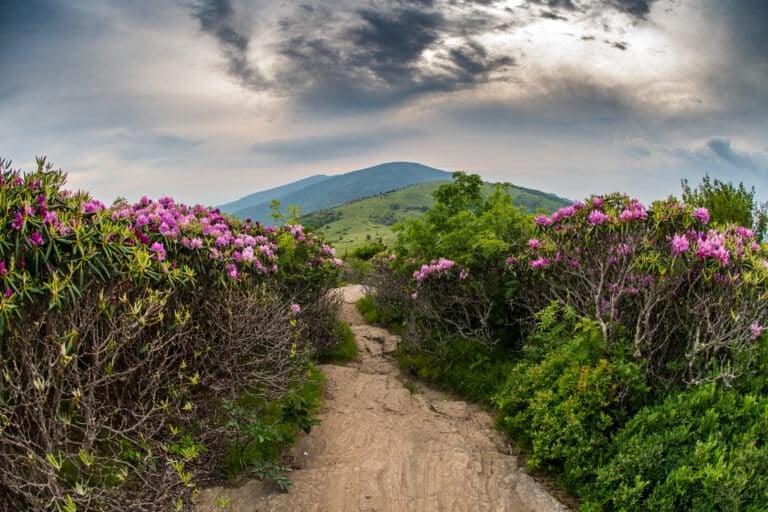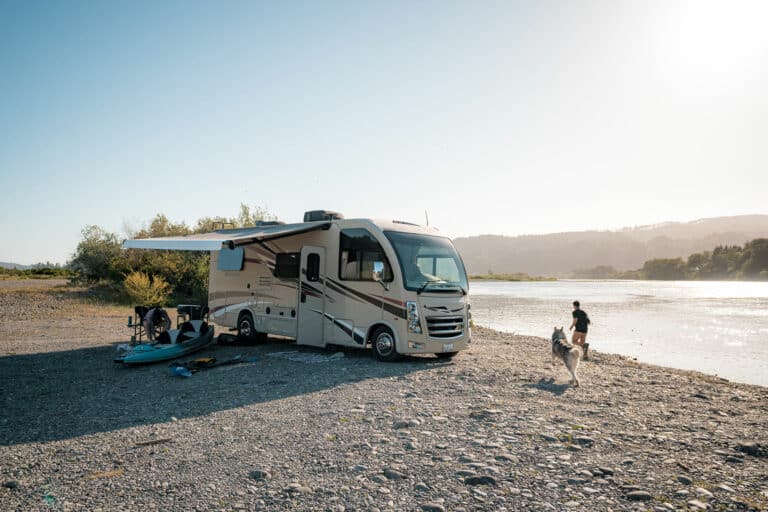Here’s the dirty secret behind the so-called “war on coal,”: Even if Donald Trump wins the presidency with huge Republican majorities in the House and Senate, Appalachia coal will never return to the heights it reached in the 20th century.
Coal employment never truly recovered after its mid-century peak, in large part due to technological advances that reduced the need for manpower. Even if Trump were to reverse the Clean Power Plan on his first day in office, power companies already have closed or converted to gas an estimated 72 gigawatts (GW) of coal-fired generating capacity due to the Mercury and Air Toxics Standards rule. Most of the plants affected were near the end of their operating life anyway, so they won’t be reopened even if the rule is stricken.
Factor in competition from natural gas and you can understand why officials from the region’s biggest electrical utilities say they’ve built their final coal plants and are instead shifting to gas and renewables.
The bottom line: Politics can’t save the coal industry, which has seen its largest companies fall into bankruptcy the last few years. It will continue but never in the once dominant form of “King Coal.” The question now is what can be done to save those communities that have depended on coal for a century or more.
The answer may have been under our noses all this time. The same bright air, pure water, wilderness and wildness that first drew settlers to Appalachia now may provide for its economic future.
Make no mistake: There are no easy answers in this complicated, ever-changing world. There are, however, examples of Blue Ridge communities who seem to be thriving, or at least tolerating, the world’s rapidly changing economic conditions.
Asheville and Roanoke have become hip urban centers that are gaining new residents and businesses. Meanwhile, the small towns of Whitesburg, Kentucky, and Floyd, Virginia, have seen a resurgence of entrepreneurs and small-business activity driven by locals.
What do these places have in common? They’ve taken advantage of their outdoors to attract not just tourists and new residents, but outfitters, advanced manufacturers, craft breweries, distilleries, and other employers.
The outdoors is common ground for red and blue America—a place where hunters, fishermen and off-roaders share space with hikers, bikers and climbers. Access to wildlands doesn’t just draw visitors but also employers seeking a high quality of life to attract skilled, happy workers.
Outdoor branding also translates into a positive self-image that lends confidence to pursuit of business prospects. If enough people believe something about a place, that it’s a rundown shell of a city or a thriving outdoor town, then that’s what it becomes.
The power of the outdoors doesn’t work alone. Natural amenities must be paired with a vibrant culture, regional cooperation and smart investments that may take decades to pay off—all easier said than done.
The overall impact of the outdoors as a singular economic development factor is difficult to measure, but the sense of place that nature brings can make a powerful difference at a time when an individual can do business from anywhere in the world with a good enough broadband connection.
That’s not to say that communities successfully tapping into their outdoor amenities don’t have problems. Economic success can create new challenges—income inequality, gentrification, an escalating cost of living—while exacerbating those that have existed for centuries, such as segregation and racial disparities. However, the challenges facing those communities that haven’t begun the transition away from stagnating industries, especially in rural areas, feel even more overwhelming.
Funding initiatives such as the president’s POWER initiative, which is sending more than $38.8 million to West Virginia, Kentucky, Ohio, Virginia, Pennsylvania and Alabama for education, infrastructure, business development, manufacturing expansion and workforce training in coal communities, represent a step, but they must be paired with a recognition of the importance of the outdoors in economic development.
The businesses that are thriving in today’s Appalachia aren’t trying to turn back the clock on outdated industries. Instead, they’re taking advantage of a global market, applying a mix of cultural tradition and technological innovation, and leveraging the region’s natural beauty to attract and retain skilled workers.
It’s a solid and sustainable blueprint for an Appalachian renewal that protects the long-term value of its mountains by keeping them intact.








